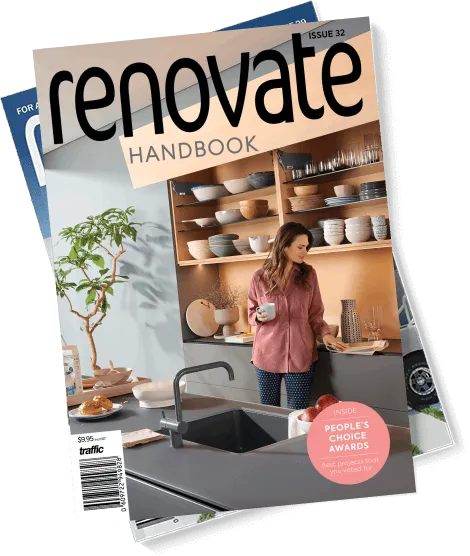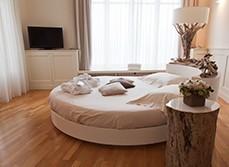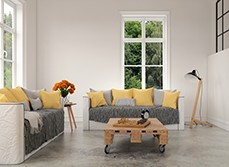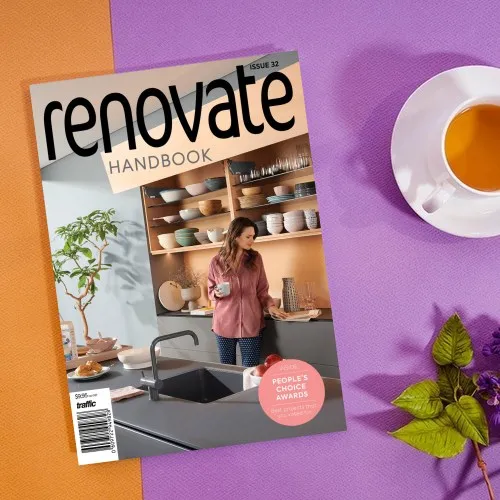Standard measurements to consider when planning your next kitchen renovation
A great way to start when planning the design of your kitchen is to know the standard dimensions to allow for a basic layout. Here is a simple guide of measurements for you to consider.
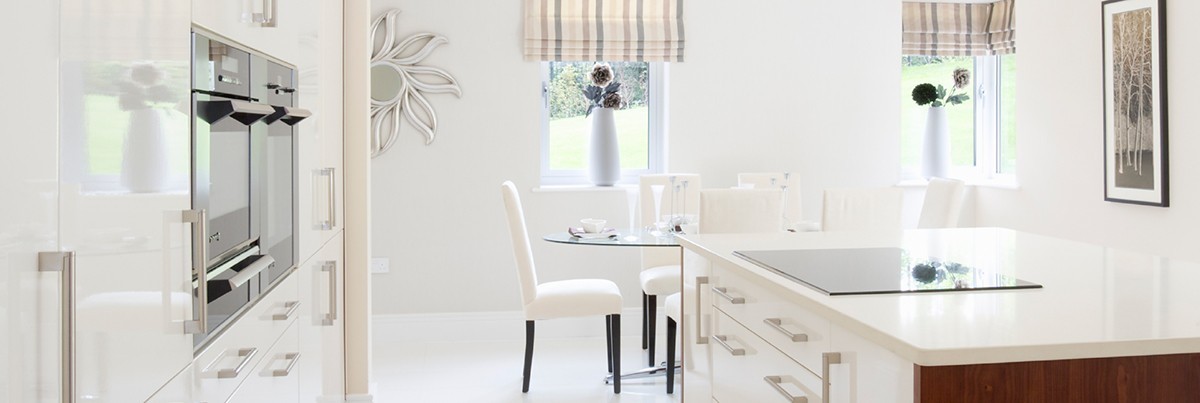
A kitchen is the heart of the home. It’s an age-old saying, but one that still resonates. Kitchens are generally areas where people naturally congregate, and as our lives change over the years, the way they are used will change too. That’s why it’s important to consider the way you use your kitchen now, but how that may change in the future to ensure the design and functionality will remain relevant.
If you’re about to set out on a kitchen renovation, or you’re designing one for a new home, the first thing to ask is:
Who will be using the kitchen?
This is vital to ensure you look at spatial requirements and how each area works in conjunction with the other. If you’re designing a kitchen predominantly for one person to use, that will determine where you will place each of the items. If, on the other hand, you’re looking at designing a kitchen for busy family use or entertaining, you’ll be wanting to consider how to incorporate areas where more than one person can work simultaneously, or how people can gather around the area easily.
What is the most important aspect of a kitchen design?
The sink, stove/oven and the refrigerator are considered the hub spots for kitchen activity, they regulate the workflow and ideally should be within easy access of one and other. This will ensure that the cook is not walking further than they need, to achieve their culinary creations. A sink should be close to the dishwasher and have generous working areas either side of it. A deeper sink with a cover will be useful for concealing dirty pots and pans during a dinner party.
Future Needs
A kitchen can be a significant investment, so it’s worth considering how you can create a space that will evolve over time as needs change. This question will help to define how areas are designed, particularly in regards to storage and ease of use. For example, it’s important to consider incorporating storage areas that don’t require too much bending to access, or overhead cupboards that aren’t too difficult to reach.
How much space should I have around a kitchen island?
Incorporating an island into the kitchen is a popular way to create a social space, as well as a second area for dining or food preparation. However, it’s important to consider whether you have enough available space to include an island without making an area feel cramped. As a general guideline, the following dimensions are a good starting point:
- Have at least 900mm of space between the island and other fixed items or pieces of furniture to ensure people can move around the island without having to turn sideways to do so
- In the areas where people will be standing to work at the island, plan for more space if you can – ideally 1200mm between the edge of the island and the closest appliance or benchtop
- If people are going to be sitting at the island, make sure there is at least 600mm of clear space behind the stools or chairs to ensure there is enough room to easily pull out the chair, if the area isn’t also going to be used as a walkway. If it is, it’s worth considering leaving at least 1100mm of space behind the edge of the island to allow for people to easily walk behind a seated diner.
What are the standard measurements for kitchen fixtures?
While dimensions can vary greatly depending on the scope and design of a kitchen, as a starting point, the following measurements are a good place to start:
- A standard oven measures around 595mm (h) x 595mm (w)
- A standard microwave opening is 600mm (w) x 400mm (h)
- A standard fridge measures around 1700mm (h) x 720mm (w)
- A sink unit of standard size measures around 600mm to 800mm
- Benchtops are generally 900mm from the ground
- Dishwasher cavities normally measure around 860mm (h) x 605mm (w)

Please note: These measurements are a guide only. It is best to contact a local professional for the exact dimensions for your home.
Thinking of also renovating your bathroom? Read, “Standard measurements to consider when planning your bathroom renovation”.

This article featured in Issue 30 of Renovate Magazine. Renovate Magazine is an easy to use resource providing fresh inspiration and motivation at every turn of the page.
Get in touch with Refresh to discuss your home renovation project
If you would like to discuss options and ideas for your next renovation project, please use the enquiry form on this page to provide us with your contact details. We will get in touch with you at a time that suits you to discuss your project. If you would like to provide us with more information about your project, we have a more comprehensive enquiry form on our "Get in touch" page too.
*All information is believed to be true at time of publishing and is subject to change.
Read Next
All Refresh Renovations franchises are independently owned and operated.
Processing...
Talk to a renovation consultant today
If you would like to find out how Refresh Renovations® can support you with a high quality, efficient home renovation, get in touch today. Your local Refresh Renovations consultant will be happy to meet with you for a free, no obligations consultation.
